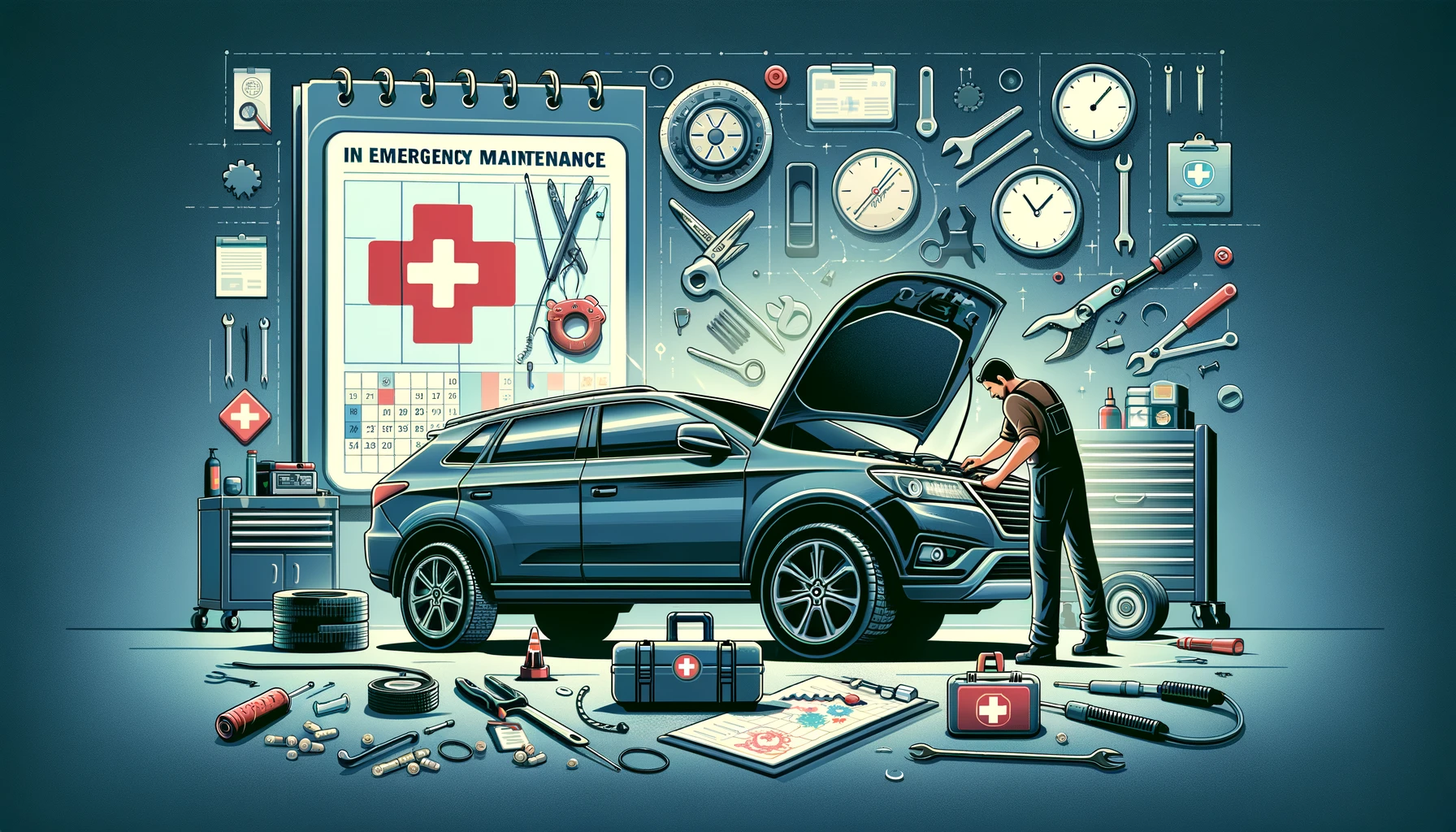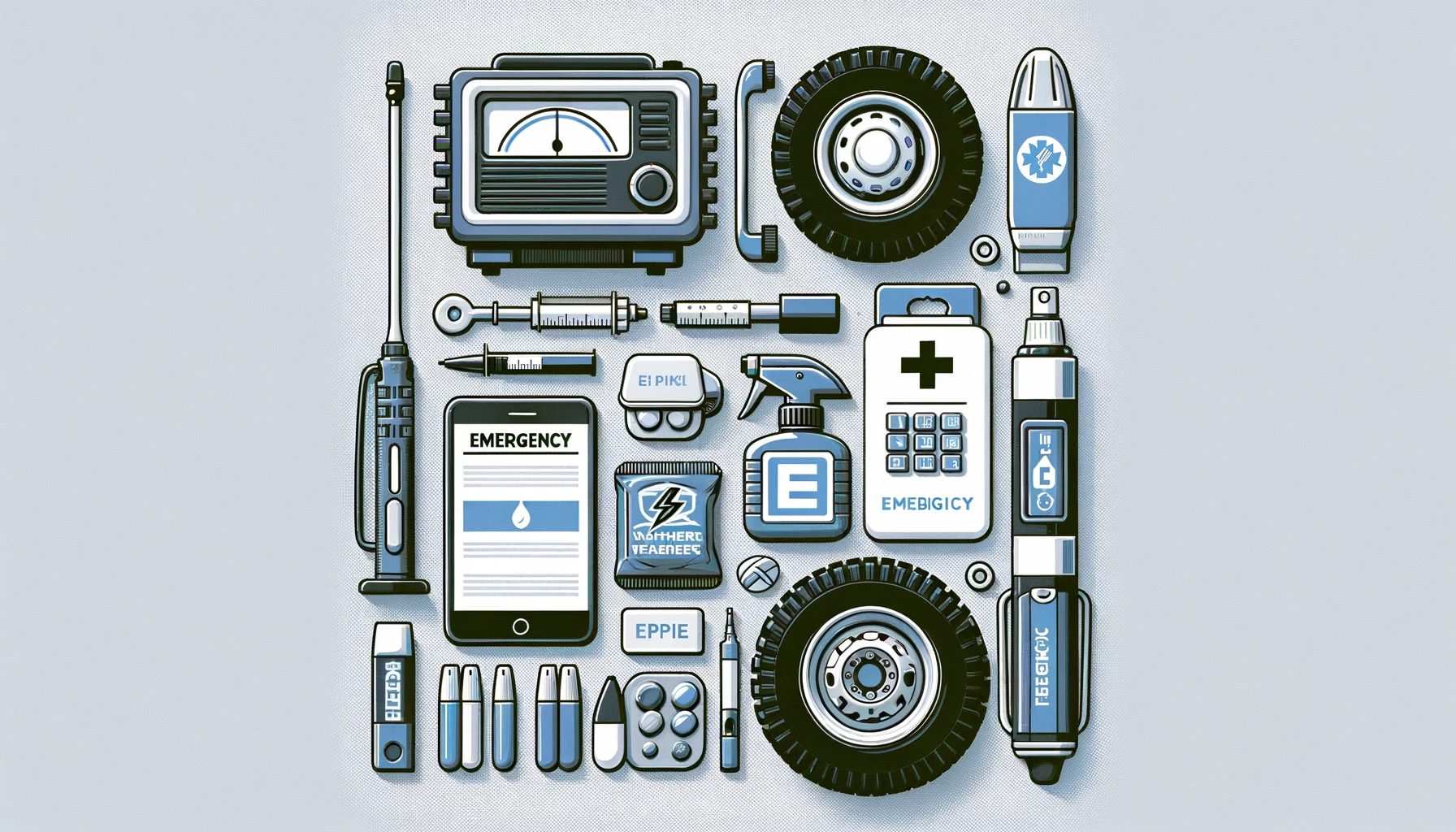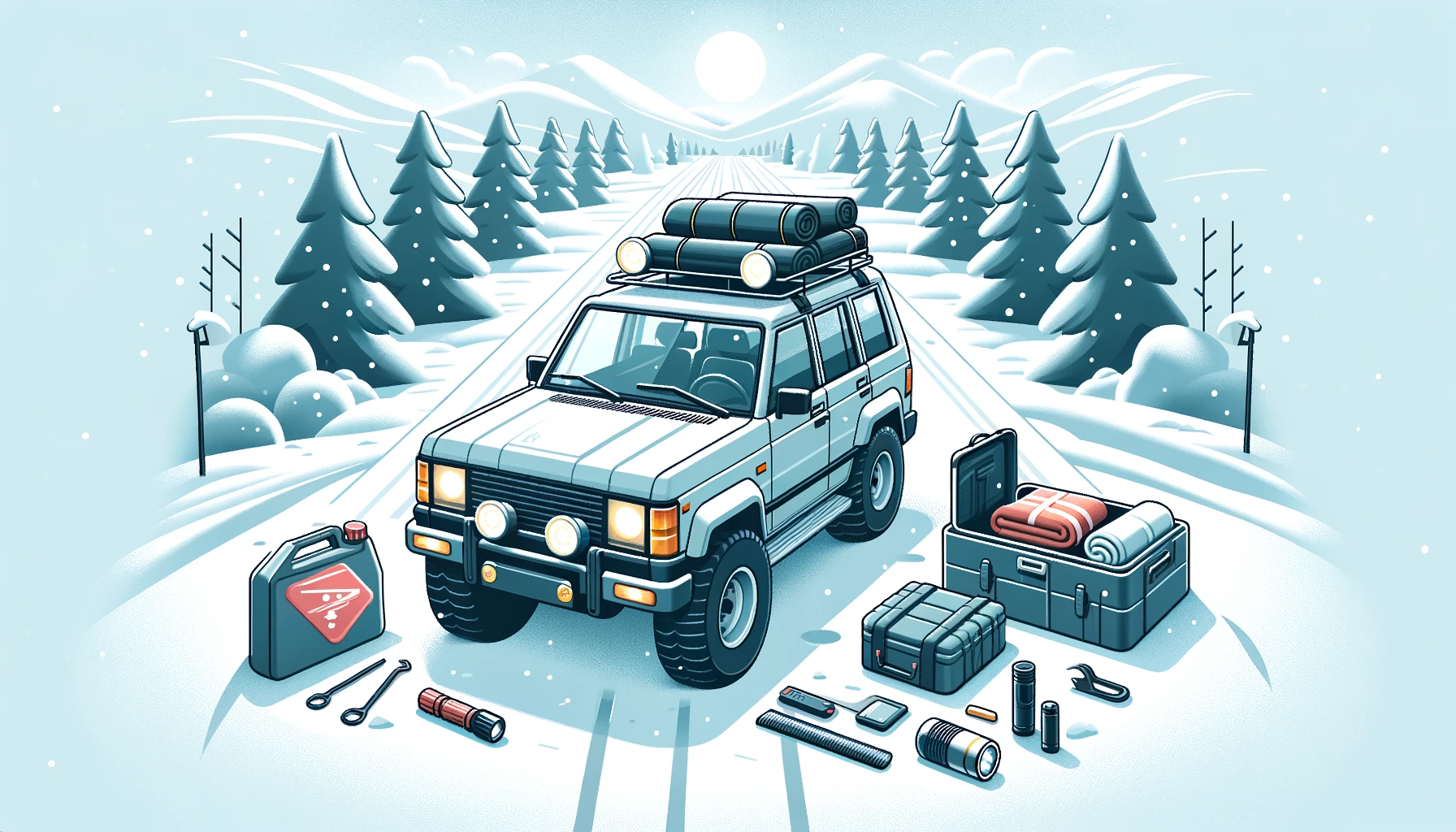Creating a comprehensive and detailed guide on vehicle preparedness for emergencies is crucial for ensuring safety and readiness in unforeseen situations. Whether it’s a natural disaster, a mechanical breakdown, or an unexpected emergency on the road, being prepared can significantly impact the outcome. This blog post aims to provide an exhaustive overview of how to prepare your vehicle for emergencies, covering various aspects such as essential supplies, maintenance checks, and practical tips to enhance your readiness.
Understanding the Importance of Vehicle Preparedness
In emergencies, your vehicle can serve as a lifeline, providing shelter, transportation, and even a means to charge devices. The unpredictability of events such as earthquakes, floods, or snowstorms underscores the need for a well-prepared vehicle. Moreover, everyday scenarios like vehicle breakdowns or getting stranded due to bad weather also highlight the necessity of vehicle preparedness.
The Role of Regular Maintenance in Emergency Preparedness

Regular vehicle maintenance is the foundation of emergency preparedness. Ensuring your vehicle is in good working condition can prevent many emergencies from happening in the first place. Key maintenance checks include:
- Engine and Battery: Ensure your engine is running smoothly and the battery is fully charged and in good condition.
- Tires: Check for proper inflation, tread wear, and have a spare tire, jack, and tire iron.
- Lights and Signals: Regularly test all lights and signals for proper operation.
- Brakes: Ensure your brakes are responsive and in good condition.
- Fluids: Regularly check and top off all necessary fluids, including oil, coolant, brake fluid, and windshield washer fluid.
Essential Supplies for Your Emergency Vehicle Kit

An emergency vehicle kit is a must-have for any preparedness plan. This kit should be tailored to your specific needs and the environment you’re in but generally includes:
Basic Supplies
- Water and Non-perishable Food: Store at least a gallon of water per person per day and pack non-perishable food items.
- First Aid Kit: Include basic first aid supplies, medications, and personal hygiene items.
- Flashlights and Batteries: Have a reliable flashlight and extra batteries.
- Blankets and Clothing: Pack extra blankets and clothing to stay warm.
Tools and Equipment
- Multi-tool or Swiss Army Knife: A versatile tool for various tasks.
- Jumper Cables: Essential for starting your car if the battery dies.
- Tow Rope: Useful if your vehicle or another needs to be towed.
- Fire Extinguisher: A small, car-friendly fire extinguisher can be a lifesaver.
Communication and Navigation
- Fully Charged Cell Phone and Charger: Ensure you have a way to communicate in emergencies.
- Maps and GPS: In case of network failure, physical maps or a GPS device can guide you to safety.
Preparing for Specific Emergencies

Different emergencies require unique preparations. Here’s how to tailor your vehicle’s emergency kit for various scenarios:
Natural Disasters
- Floods: Keep a hammer or window-breaking tool to escape if trapped by water.
- Earthquakes: Store walking shoes and gloves to navigate debris safely.
- Winter Storms: Include a shovel, windshield scraper, and cat litter or sand for tire traction.
Mechanical Breakdowns
- Diagnostic Tools: A basic set of automotive diagnostic tools can help identify issues.
- Spare Parts: Carry essential spare parts like fuses, bulbs, and fan belts.
Training and Knowledge
Having the right tools and supplies is only part of the solution. Knowing how to use them is equally important.
First Aid Training
- CPR and Basic First Aid: Knowing how to perform CPR and treat basic injuries can be critical in emergencies.
Vehicle Maintenance Skills
- DIY Repairs: Familiarize yourself with basic vehicle repairs, such as changing a tire or jump-starting a car.
Practical Tips for Vehicle Emergency Preparedness
Finally, here are some practical tips to ensure your vehicle is always ready for emergencies:
- Regularly Check Your Kit: Ensure all items are in working condition and replace any used or expired items.
- Keep Your Fuel Tank At Least Half Full: In emergencies, gas stations may be closed or inaccessible.
- Inform Someone of Your Travel Plans: Especially important for long or remote trips.
- Practice Evacuation Drills: Familiarize yourself and your family with quick and safe vehicle evacuation.
End of the line
Vehicle preparedness for emergencies is an ongoing process that requires attention to detail, regular maintenance, and a proactive approach to safety. By equipping your vehicle with the necessary supplies and tools, maintaining it regularly, and acquiring the knowledge and skills to handle various situations, you


0 Comments